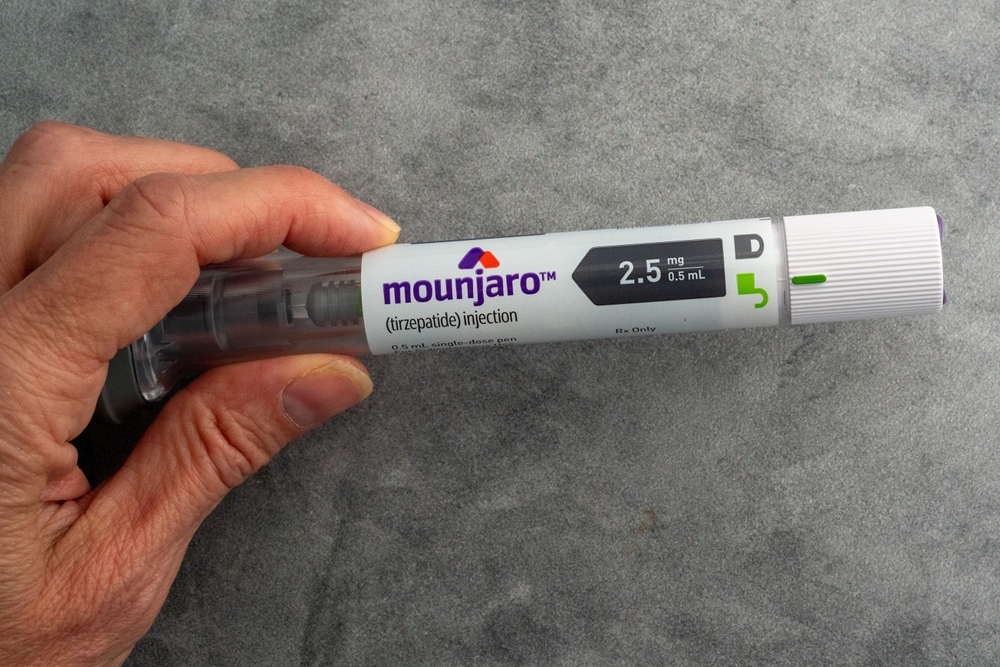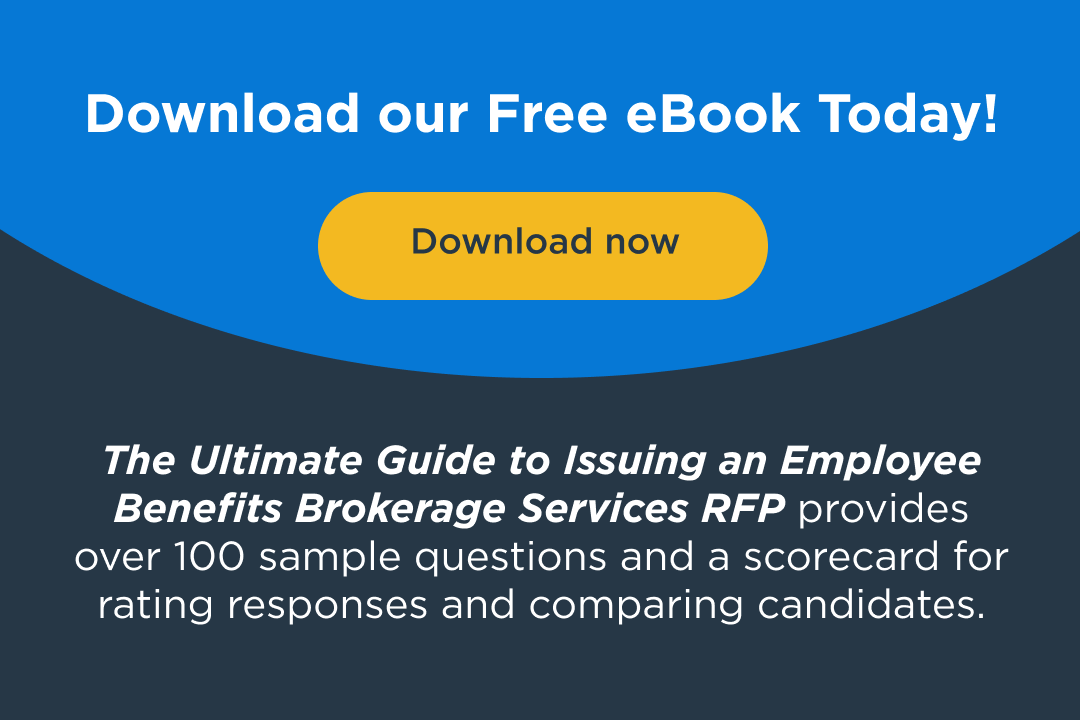Should Employers Cover GLP-1s in Their Benefits Plan? Pros, Cons, and What to Expect Next
May 19, 2025

In the last few years, GLP-1 medications—such as Ozempic, Wegovy, and Mounjaro—have captured national attention not just as treatments for diabetes, but also as highly effective weight loss aids. With increasing demand and skyrocketing prescription rates, employers are now facing a critical decision: Should GLP-1s be included in employee benefits plans?
As healthcare costs rise and obesity-related conditions continue to drive claims, GLP-1 coverage presents both opportunities and challenges. In this post, we’ll explore what employers are doing, the pros and cons of covering GLP-1s, and what the future may hold.
What Are GLP-1 Medications?
GLP-1s (glucagon-like peptide-1 receptor agonists) were originally developed to manage type 2 diabetes by improving blood sugar control. However, these medications also slow digestion and reduce appetite—leading to significant weight loss in many patients. This dual benefit has made them attractive for broader use, particularly for employees struggling with obesity and related chronic conditions.
Current Trends: How Employers Are Responding
According to recent surveys by benefits industry groups, a growing number of employers—particularly large self-insured organizations—are starting to include GLP-1s in their formularies or evaluating coverage on a case-by-case basis. However, approaches vary:
- Some employers cover GLP-1s for diabetes only, but exclude them for weight loss unless medically necessary.
- Others offer coverage through wellness initiatives or condition-specific programs with prior authorization.
- A few are piloting outcomes-based models, where ongoing access to medication depends on participation in coaching or lifestyle change programs.
Smaller employers, especially those on fully insured plans, have less flexibility and are more cautious due to cost concerns.
The Pros of Covering GLP-1s
-
Improved Health Outcomes
GLP-1s can support long-term weight management, which reduces the risk of heart disease, hypertension, sleep apnea, and joint problems. This translates into lower claims costs over time.
-
Increased Productivity and Engagement
Weight-related health issues often contribute to absenteeism and presenteeism. Addressing these issues through medication and support may improve employee quality of life and workplace performance.
-
Competitive Advantage
As employee demand for GLP-1s grows, offering coverage can help employers stand out in a competitive talent market—particularly among high-wage workers who are willing to switch employers for better benefits.
-
Equity and Inclusion
Obesity is a complex, chronic condition influenced by genetics, environment, and socioeconomic status. Providing access to medical treatment supports a more inclusive benefits strategy.
The Cons of Covering GLP-1s
-
High and Ongoing Costs
GLP-1 medications can cost $1,000+ per month per person. For employers with hundreds or thousands of employees, this quickly adds up. Long-term use is often required to maintain results, making this a sustained expense.
-
Limited Long-Term Data on Maintenance
Although early results are promising, questions remain about the long-term safety, efficacy, and cost-effectiveness of GLP-1s when used for weight loss rather than diabetes.
-
Potential for Abuse or Overuse
Given the popularity of these medications, some employees may seek them for cosmetic rather than medical reasons. Employers must decide how to manage eligibility and avoid misuse.
-
Complex Administration
Prior authorization, physician oversight, and program integration are needed to manage utilization. Employers may need to coordinate with pharmacy benefit managers and wellness vendors.
Predictions: What’s Next for GLP-1s in Benefits?
More Employers Will Explore Conditional Coverage
- Expect more employers to tie GLP-1 access to structured weight management programs that include coaching, nutrition, and fitness requirements.
Pharmacy Benefit Managers Will Adapt
- PBMs are beginning to offer GLP-1-specific solutions, such as value-based pricing or outcome guarantees, which could ease the cost burden.
Focus on ROI and Data Analytics
- As with other high-cost therapies, employers will need to measure health outcomes, absenteeism, and total cost of care to justify ongoing investment.
Regulatory Shifts May Play a Role
- If the FDA broadens the approved use of GLP-1s or legislation changes how weight-loss drugs are classified for insurance purposes, employer decisions may shift accordingly.
How Employers Can Make Informed Decisions
There’s no one-size-fits-all approach to GLP-1 coverage. Each organization must weigh its workforce needs, budget, and goals. HR teams and benefits leaders should work closely with trusted advisors to:
- Analyze current obesity- and diabetes-related claims.
- Explore plan design options that support both access and cost containment.
- Develop education and support programs to encourage sustainable health changes.
This is a fast-moving area with high employee interest and major cost implications. Employers who act thoughtfully and strategically will be best positioned for success.
Turn to HUB Southwest for Guidance
HUB Southwest is here to help employers in Arizona, New Mexico, and beyond make the right call when it comes to GLP-1s and other high-impact benefits decisions. Our team understands the clinical, financial, and employee experience factors at play—and we work with organizations of all sizes to build custom strategies that balance access, outcomes, and affordability.
If you’re evaluating whether to cover GLP-1s as part of your employee benefits package, contact HUB Southwest today for expert guidance and innovative solutions.


